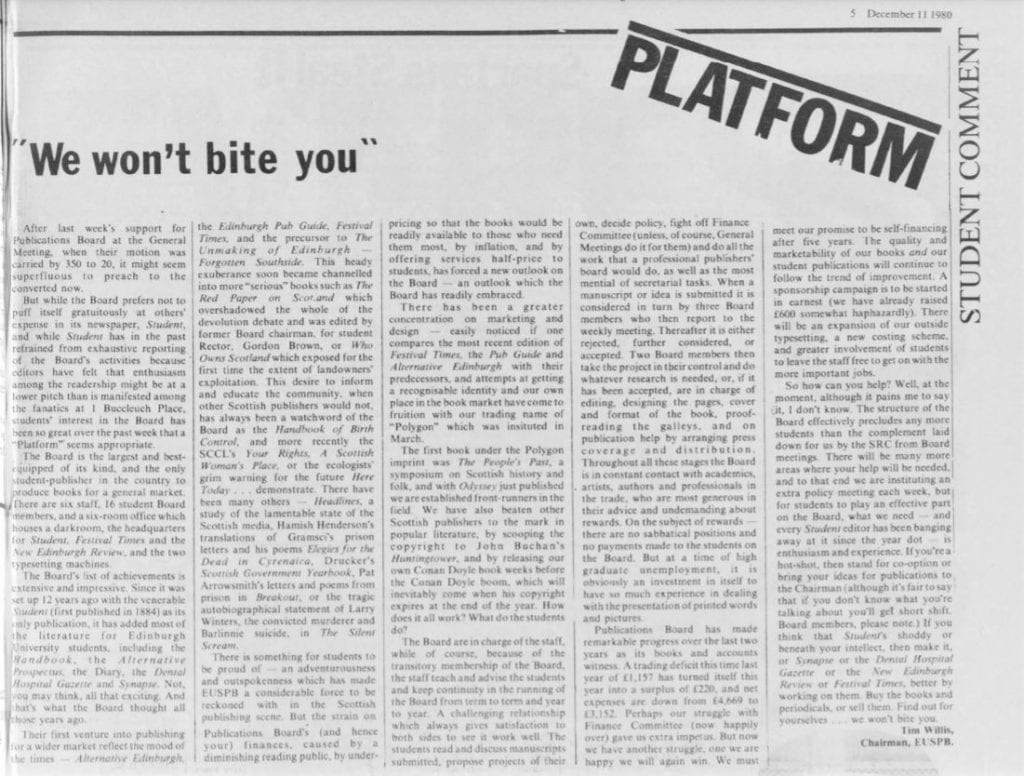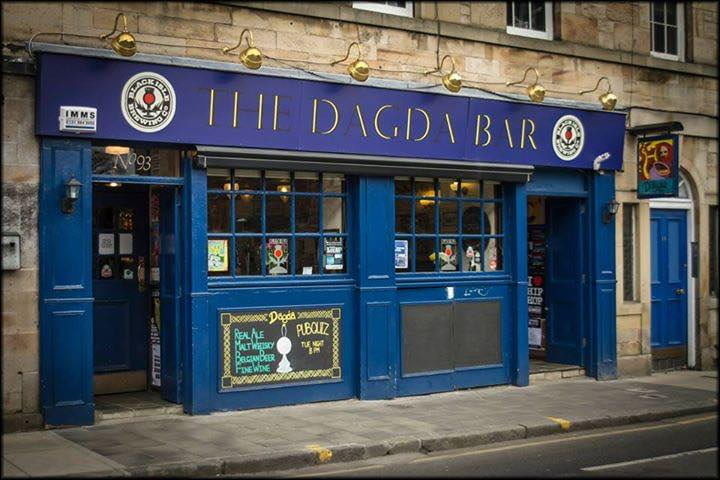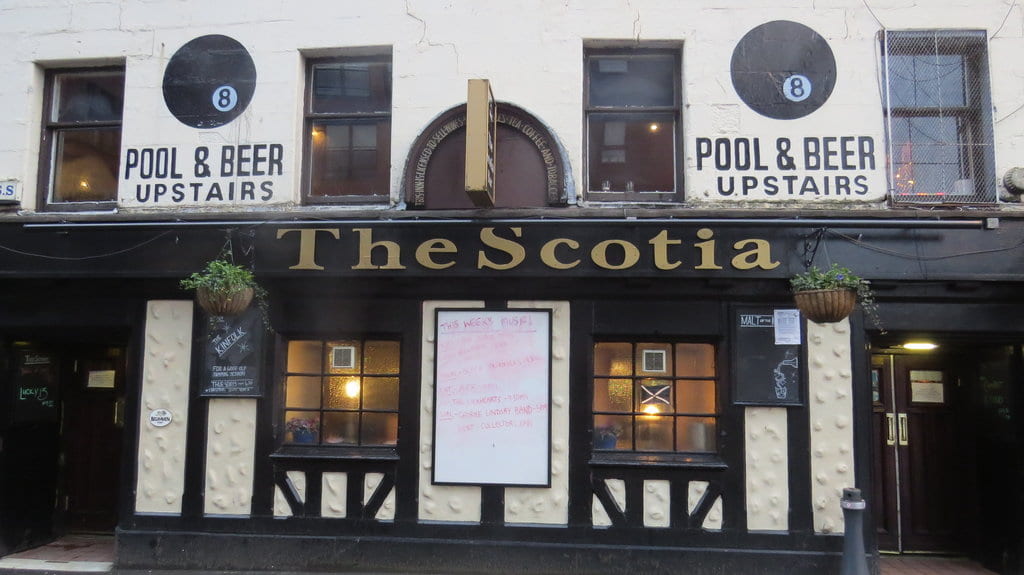The public launch of the network was held 12 May 2021, as an audience of 40 scholars, students and former editors gathered (online) to ‘Mind that Magazine’.
We began with two special guests: Peter Kravitz and Glenda Norquay reflecting on the overlapping worlds of Edinburgh Review and Cencrastus in the 1980s.
Both talks were hugely useful in mapping out the various connections — social, practical, institutional — which defined the world of these magazines, and included some wonderful anecdotes and challenging questions.
An audio recording of these opening talks can be found below, or on Apple Podcasts.
We didn’t record the wide-ranging discussion that followed, but we’ve picked out a number of themes and highlights (based on the excellent notes of Alice Piotrowska). We’ll be pursuing several of these questions further as we move toward our next event, on possibilities for digitisation, and the edited book project.
Magazines as organisations that work together and form relationships. Talking about his experience in the early years of Radical Scotland, Graeme Purves mentioned the challenges of working as a small, idealistic and determined ‘editorial collective’: a model that is difficult to sustain in the long run. Glenda Norquay agreed, noting parallels with Cencrastus.

Distribution: Glenda Norquay mentioned her interest in the practicalities of magazine distribution. For instance, Edinburgh Review was operating within a fairly professional publishing set-up as part of Polygon/Edinburgh University Student Publications Board, but she also recalls people packing magazines (such as Cencrastus) into cars and driving them around Scotland themselves. Getting magazines into shops was a major challenge, and she is interested to know more about how other people did it.
SCAMP: Joy Hendry (Chapman) agreed that distribution was a major and perennial challenge, partly addressed through the formation of SCAMP (Scottish Association of Magazine Publishers) in 1973, at the urging of Trevor Royle and Walter Perrie. [Modestly funded by the Scottish Arts Council until 1976, SCAMP was a co-operative marketing/distribution scheme and selling agency intended to professionalise Scottish periodical publishing.] The situation did not really improve throughout the 1980s and 90s, and Joy would still be packing copies into her car and selling them directly in pubs, sometimes with the help of volunteers. (See also Joy’s blog on Chapman.)

Digitisation and research: Graeme Hawley (NLS) asked about the research questions people would like digitisation to open up for them. What is not currently possible, as a research question or method, that could be pursued through digitisation? (Technology can do a lot of things, but it’s the research questions that will drive its use.) Scott Hames agreed this is an important discussion to begin, and that it is important to consider the new kinds of research/use digitisation would enable, rather than viewing it simply as a repository.
Glenda Norquay suggested that digitising magazines could help produce a ‘map’ of contributors who overlapped across different magazines – i.e. who was writing for which magazines? Graeme Purves mentioned that he is currently exploring related questions, and that there are a lot of names that crop up across magazines (such as Alastair McIntosh and Rob Gibson in Reforesting Scotland.) Once you start mapping those names, you pick up many connections.
Graeme Macdonald wrote in the chat that ‘digitisation would be great not only for research purposes but especially for research students geographically unable to immediately access Scottish university holdings (which by themselves are still pretty patchy), but also for use in general undergraduate teaching.’
Editorial freedom: Joy Hendry mentioned that being a ‘solo operator,’ while challenging on an administrative and financial level, meant that she could follow her own vision. She felt that she had a lot of editorial freedom to publish what she wanted, and it allowed her to do her ‘job’ as an editor – creating a ‘democratic’ outlet for varied voices but also realising her vision for the magazine, as she ‘knew where she was going’ and what she wanted to achieve. She cited Patricia Oxley of Acumen saying that editing a magazine is like ‘educating yourself in public.’
Allegiance to different magazines: Glenda Norquay said that she was particularly interested in people’s reading habits at the time – for example, did people read all magazines, or did they choose one or two outlets (e.g., would you be an ‘Edinburgh Review person’)? Murdo Macdonald remembers reading everything – although there was an element of competition, it was within ‘an overall sense of cooperation’ among magazine editors, with a lot of cross-interest. Similarly, Ray Burnett (Calgacus) said that he read ‘everything that he could get his hands on,’ including Chapman, Radical Scotland, and Akros.
Women in magazine publishing: Joy Hendry noted that Scottish literature was very much a male world in the 1970s and 80s, and that the inspiration driving Chapman would come from mostly male authors/connections. She mentioned trying to find a bridge between the ‘two worlds’ as a feminist editor working with male writers. (Jenny Turner’s blog is relevant here, and so too Glenda Norquay’s comments during this event – see recording above.)
‘Underlying social fabric’: Rory Scothorne mentioned his interest in the social life/communities that gathered around the literary magazines – were there particular pubs, cafes, or bookshops that were important to the magazine scene? A few mentioned by the participants: Sandy Bell’s, Proctors and various Rose Street bars in Edinburgh, Star Club and the Scotia Bar in Glasgow, St Katherine’s Club in Aberdeen. Graeme Purves noted that the working world of Radical Scotland was very much centred around small pubs. Joy Hendry mentioned that she would distribute Chapman around pubs and universities in Scotland.
We hope to make an ‘audio scrapbook’ podcast from people’s memories of these magazines, so if you have a story or anecdote you’d be willing to share, please do get in touch on scotmagsnet@gmail.com. There will be a few other ‘Magazine Memory’ blogs appearing over the coming months.




